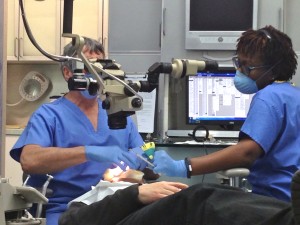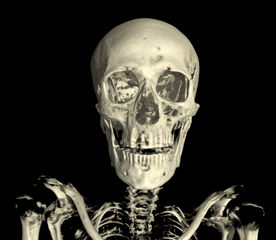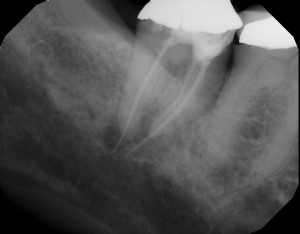“Dentists warn of risks of not looking after implants” was a headline that caught my eye recently when checking the BBC news app. According to the article, there is an epidemic of peri-implantitis. This condition is an infection of the gum and bone around an implant, leading to bone loss and potentially the loss of the implant if the inflammation cannot be controlled.
The story is worrying because it risks causing panic among patients. Many patients consider implants to be indestructible – but they are no different from natural teeth and roots. They must be kept clean and maintained regularly. And smoking is ill-advised.
Disagreement
To my mind, over enthusiastic marketing has had a role to play. Dental implants have been marketed as replacement teeth. It has sometimes been implied that having a dental implant is preferable to saving a tooth which is already causing problems. I don’t agree. Obviously.
An implant is not a replacement tooth, it fills a gap left by a tooth which could not be saved by root canal treatment. This was well expressed in a guide for young dentists produced by the British Society of Periodontology: An implant is not a substitute for a tooth, it’s a substitute for NO tooth.
Saving teeth with root canal treatment
I have spoken publicly several times on the topic of endodontics versus implants, sharing the stage with dentist and implant surgeon Michael Norton. Our presentation was structured as a debate but we always ended up in furious agreement. When a tooth can be saved, it should be. The reasons are clearly set out on this website: www.savingteeth.co.uk
Moving forward, we need clear and responsible marketing of dental implants, we need improved education of patients who have dental implants and more teeth being saved whenever it’s possible. And let’s avoid scare-mongering. A well made dental implant placed by an experienced dentist or specialist in a healthy mouth is an important option for patients and long may it remain so.
Read More




